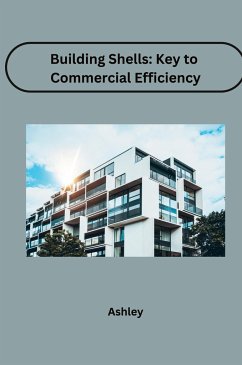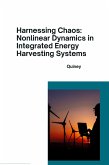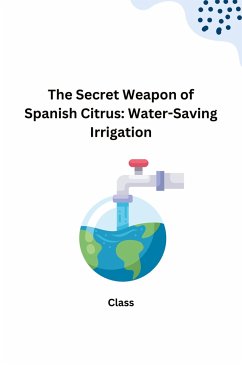Our buildings are like our skins - they shield us from the elements. But unlike our adaptable human bodies, traditional buildings can be energy guzzlers. The culprit? A poorly designed building envelope.The building envelope refers to everything that separates the conditioned space inside from the unconditioned space outside: walls, roofs, windows, and doors. A leaky or inefficient envelope forces heating and cooling systems to work overtime to maintain comfortable temperatures, leading to high energy bills and a larger carbon footprint.The good news is that with thoughtful design and material choices, building envelopes can be transformed into energy-saving champions. Here's how:-Insulation is king: Proper insulation in walls, roofs, and floors acts as a thermal barrier, keeping the cool air in during summer and the warm air in during winter.-Window wisdom: Double-paned windows with low-emissivity coatings significantly reduce heat transfer. Strategically placed windows can alsoleverage natural light and ventilation, further reducing reliance on artificial lighting and air conditioning.-Material matters: Building materials with high thermal resistance can significantly improve envelope performance.By prioritizing a well-designed building envelope, we can create structures that are comfortable, energy-efficient, and environmentally responsible. It's a win-win for building owners, occupants, and the planet.
Bitte wählen Sie Ihr Anliegen aus.
Rechnungen
Retourenschein anfordern
Bestellstatus
Storno









